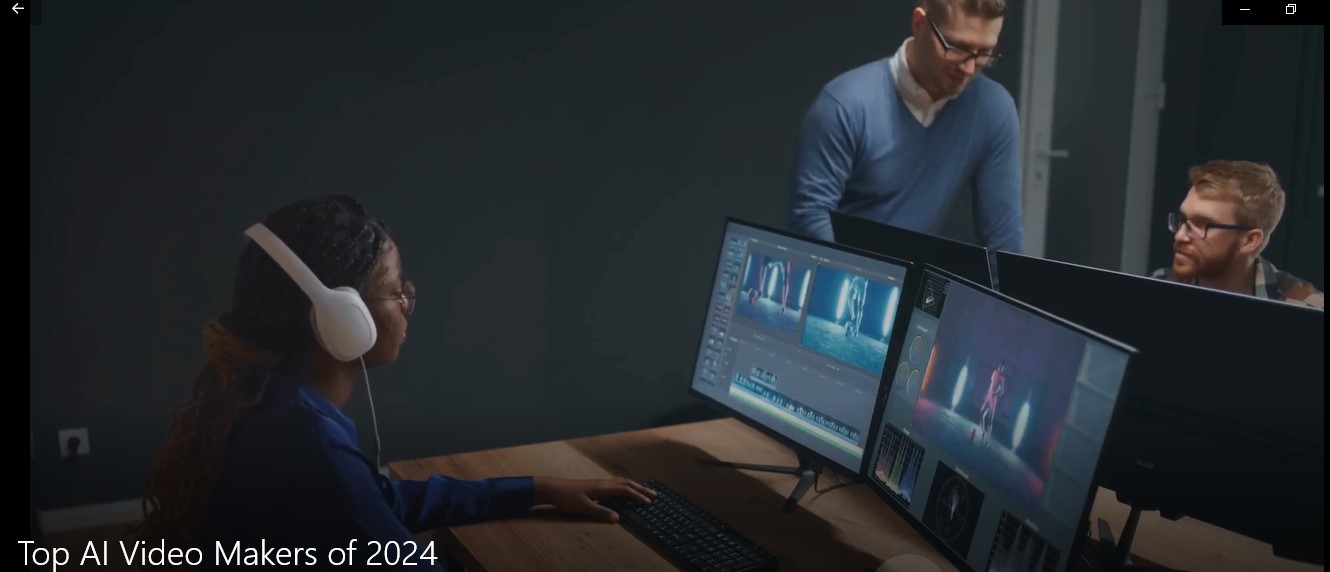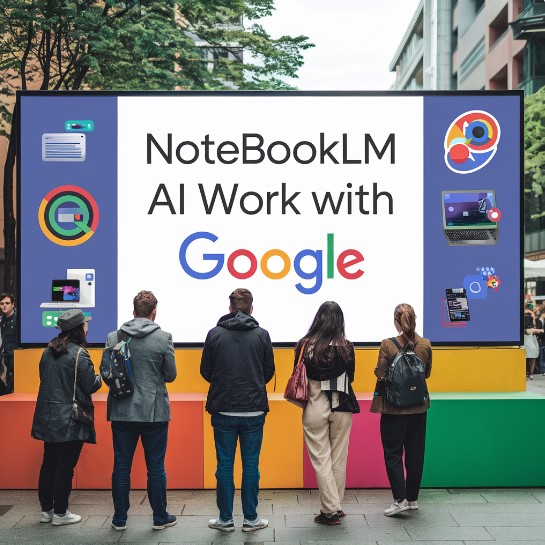
A law firm in New York used an AI tool to speed up contract reviews. But, it almost missed a big mistake. This made everyone wonder: Can we really trust AI in law?
This mix of speed and safety makes the legal world so complex today. Artificial intelligence and law are meeting in an exciting and challenging way.
Investment in AI legal tools has skyrocketed, from $8 billion in 2016 to $47 billion by 2023. But, laws in 162 countries are still trying to keep up with AI’s risks. Tools like machine learning and NLP help a lot, but they also raise big questions.
Who is to blame when AI makes a mistake? How do old laws deal with new AI that needs lots of data? These questions show we need to be careful and update our laws fast.
Current laws like GDPR and CCPA mainly cover human actions. But AI’s automated processes are a big gap. Law firms using these tools face risks if they misuse data or show bias. To move forward, we need to be open about how AI works, check its data often, and have clear ways to fix mistakes.
As AI changes how we practice law, we must find a balance. We need to be innovative but also responsible. This is key to keeping trust in our justice systems.
Key Takeaways
- Global investment in AI legal tech has grown 600% since 2016, reshaping legal workflows.
- Over 160 nations are updating laws to address AI’s impact on data privacy and liability.
- Bias in AI systems risks undermining fairness unless data sources and algorithms are audited regularly.
- GDPR and CCPA now apply to AI tools, requiring strict data governance in legal applications.
- Transparency in AI decision-making remains a critical challenge for ethical adoption.
The Evolution of Artificial Intelligence and Law
Artificial intelligence and law have changed a lot. They are now key tools in legal work. AI helps judges, lawyers, and firms every day. It does tasks that humans do, as Surden said.
From Science Fiction to Legal Reality
AI in law has moved from dreams to real tools. Companies like Trellis use AI to look through millions of court records. This turns old ideas into useful data.
These systems can do tasks like legal research on their own. They are reliable in real life.
Key Milestones in AI Legal Technology
There have been big steps forward:
- First AI legal research tools in the 2010s
- Natural language processing for contract analysis, making it fast
- Predictive analytics tools like COMPAS, but they’ve faced bias issues
- Platforms like Disco and Lawgeex for contract reviews
The Current State of AI in the American Legal System
AI is used in many ways in law today. It helps with e-discovery, and contract checks, and even supports judges. TurboTax’s AI helps 60 million users each year.
PayPal’s AI keeps fraud under 0.3%. But, there are also risks. For example, Michigan’s MiDAS system has faced issues. Some AI decisions have been wrong because of biased data.
Law schools now teach AI ethics. This prepares students for the challenges ahead. But, there are still debates about how open and fair AI should be. For example, Amazon’s AI was biased against women.
How AI is Transforming Legal Research and Discovery
AI is changing legal work, from looking at documents to predicting outcomes. Tools like Lexis+ and Context® use AI to do tasks faster and cheaper. Now, legal researchers can look at thousands of documents in just minutes, not weeks.
Advanced Document Review and Analysis Capabilities
Natural language processing helps find important legal documents. Lexis+’ Brief Analysis feature gets better with time, making it 30% more accurate. It also cuts review time by 70%.
Contract analysis tools spot issues with high accuracy. This makes legal work faster and more efficient. Lawyers no longer have to sift through documents manually.
Predictive Case Outcome Technologies
Predictive analytics can guess case outcomes with up to 80% accuracy. Tools like Context® analyze judges’ patterns to help lawyers. But, there’s a risk of bias in these tools.
The American Bar Association says lawyers need to check AI results. This is to avoid mistakes caused by bad data.
Time and Cost Efficiency Impacts on Legal Practice
Law firms using AI save a lot of time and money. They can spend more time with clients. Over 58% of firms are using or planning to use these tools.
Yet, 65.9% of legal professionals want more training. They see the benefits but need to learn more.
Machine Learning in the Legal Industry: Applications and Limitations
Machine learning changes legal work by using data to predict results and make processes smoother. It trains models on labeled data for tasks like finding contract clauses. It also finds hidden trends in case law without knowing the outcome beforehand.
- Pattern recognition for identifying recurring legal precedents
- Automated classification of documents in e-discovery
- Risk assessment for compliance violations
But, there are still big challenges. Many systems are like “black boxes,” making it hard to see how they make decisions. If the training data is biased, it can lead to unfair outcomes, like racial bias in sentencing predictions.
Legal experts need to check the data for fairness to avoid unfair results. This is crucial.
Transparency is a big issue. Judges and lawyers often don’t know how ai legal tools make their decisions. This makes it hard to hold anyone accountable. Even if the predictions are right, humans need to review them to consider the context and ethics.
For example, a tool that reviews contracts might miss important details specific to certain places.
Using machine learning in legal tasks like document analysis can save time. But, it’s important to have humans check the work to ensure it’s done right. We need to develop ethical rules as these tools become more common to keep things fair and accountable.
AI-Powered Contract Analysis and Management
Contract management is changing fast with ai legal applications. Now, 76% of legal teams use contract software, and 31% use AI to make and check agreements. This helps solve big problems: 57% of companies say slow contracts hold back their growth.
Automated Contract Review Systems
AI can check contracts in seconds, beating humans. Here’s how it helps:
- Finds unclear parts 90% quicker than people
- Reduces time to review from weeks to minutes
- Checks 100+ contracts at once, still accurate 98% of the time
Risk Identification and Compliance Monitoring
AI finds risks early by looking at:
| Risk Type | AI Detection Rate |
|---|---|
| Termination clauses | 94% |
| Regulatory gaps | 89% |
| Payment terms discrepancies | 92% |
These tools cut down on breaches by 40% in early users.
Integration with Existing Legal Workflows
Even with benefits, adoption is tricky. Important things to think about include:
- Keeping contract data private
- Working with current document systems
- Training staff to use it well
IP issues come up when training AI on secret contracts. But, 24% of companies aim to start using these tools in 2024. They hope to save 30% on contract work.
Ethical Considerations in AI Legal Applications
Ethical issues in artificial intelligence and law need quick action as ai legal applications grow. We face challenges like bias, the need for clear explanations, and making sure we’re fair. These are key to making legal tech work right.
Bias and Fairness Concerns in Algorithmic Decision-Making
- Old data biases can keep unfair systems going, like in predictive policing and sentencing.
- 60% of lawyers say AI makes them more efficient, but 40% of cases like Avianca v. Marta show big problems.
- 75% of lawyers need to keep learning to deal with AI’s biases, according to ABA surveys.
Transparency and Explainability Requirements
| Challenge | Example/Statistic |
|---|---|
| Algorithmic complexity | Only 30% of legal tools provide clear decision rationales |
| Data privacy risks | 55% of practitioners worry about confidentiality breaches |
| Legal compliance gaps | ABA Model Rules (1983) now demand explainable AI systems |
Accountability Frameworks for AI Legal Tools
Recent studies show:
- 80% of legal professionals want more control over AI systems (Groff 2023)
- 70% say AI needs to be made for legal use specifically
“Accountability starts with human oversight and rigorous audits” — Groff, Legal Ethics Institute
Lawyers must find a balance between new ideas and ethics. This is crucial to keep our standards high as things change.
Regulatory Challenges and Emerging LegalTech Solutions
As ai technology in legal sector grows, rules struggle to catch up. Over 33 U.S. states have AI committees, but only Colorado has passed a law—the Colorado AI Act—set to start in 2026. Meanwhile, companies are spending more on AI, from $7M to $18M in 2023–2024, showing fast growth despite lack of rules.
New legaltech solutions try to fill these gaps. Tools now help firms keep up with changing laws, and systems check if AI is fair. For example, predictive analytics spot biased data to avoid unfair results. But, issues remain: 1 in 5 Americans can’t get online, making it hard for small firms to use the latest AI.
Key stats show how urgent the problem is:
| Legal Machine-Learning Patents Filed | 1,369 |
|---|---|
| Legal Tech Companies | 280+ |
| Total Funding Raised | $757M |
| Do Not Pay AI Successes | 100k+ ticket dismissals |
Places like Utah’s 2020 pilot show how to innovate responsibly. But, worries about bias and fairness remain. 92% of low-income Americans can’t get legal help without AI tools like Do Not Pay. Lawyers must push for clear rules, fair access, and policies that help everyone with ai technology in legal sector advancements.
AI Tools for Legal Professionals: Current Options and Future Developments
Legal professionals are now using ai tools for legal professionals and legaltech solutions to make their work easier. Tools like Clio Duo and Harvey AI’s contract analysis show how AI boosts efficiency. With 79% of law firms using AI, the move to automation is clear.
“96% of legal professionals believe allowing AI to represent clients in court would be a step too far.”
Practice Management AI Solutions
Platforms like Smith.ai work with Clio to handle calls and schedule meetings, cutting down on paperwork. Diligen’s AI helps review contracts, saving lawyers up to 4 hours a week. It offers:
- Automated billing and time tracking
- AI-driven case prioritization
- Resource allocation optimization
Client Interaction and Intake Automation
CoCounsel’s AI handles first meetings with clients, pulling out important details for lawyers. Supio’s tools for personal injury cases automate document writing. Chatbots like Eudia’s (backed by $105M) cut down intake time by 40%. Over 41% of users see less human error in talking to clients.
Specialized AI Tools for Different Practice Areas
Harvey AI helps with corporate law and lawsuits, while Auto-GPT tries out AI for legal research. Tax and IP law firms use AI for checking rules and analyzing patents. These legaltech solutions could save the U.S. legal sector 266 million hours by 2028.
As 85% of professionals think they’ll need new AI skills, law schools are adding AI courses. The goal is to help, not replace, human skills, keeping client interests safe.
The Future of Legal Education and Professional Development in an AI-Enhanced Landscape
Legal education is changing quietly. Law schools now focus on artificial intelligence and law topics. They teach students about predictive analytics and contract automation. Courses on machine learning in legal industry are becoming common.
These courses prepare graduates to understand AI insights. They also learn to follow ethical standards.
- 40% of legal roles face disruption from AI, per global studies.
- 79% of law firms predict AI will transform their work within five years.
- OECD reports highlight automation risks for data-heavy tasks like document review.
Lawyers need to learn new skills. They must know coding basics, understand algorithms, and evaluate AI outputs. A 2024 NALP report says 42% of firms want candidates who are tech-savvy.
Continuing education programs offer certifications in AI ethics and legal tech. This helps lawyers stay up-to-date.
“AI is a tool, not a replacement. Lawyers must learn to wield it effectively.”
Curriculum changes focus on teamwork between legal experts and data scientists. Paralegals and junior associates learn to check AI outputs. This ensures accuracy and lets them focus on important tasks.
Reskilling programs aim to close the 40% skills gap in AI-related legal roles. The goal is to make lawyers better at what they do.
Lawyers will focus on skills that AI can’t replace. These include negotiation, empathy, and creative problem-solving. The aim is to excel in an AI-enhanced world.
Conclusion: Embracing AI in Law While Preserving Human Judgment
Ai tools are changing the legal world, making tasks like document review faster. Lawyers can now focus on the important work that needs a human touch. Tools like LexisNexis use natural language processing to speed up research, and automated contract analysis cuts down on mistakes. But, we must make sure these advancements are ethical.
These tools can make work much more efficient, like cutting document review time by 90%. But, there are risks too. Algorithms might have biases, and data breaches could harm client privacy under GDPR and CCPA. The 1951 Dartmouth College workshop saw AI’s potential, but today we face new challenges.
Who is responsible if an AI tool misreads the law? How do we make sure we understand how these systems work?
The legal world needs to find a balance between new technology and responsibility. Training programs should teach lawyers to check algorithms and know their limits. Firms using ai tools must check the data used to train them to avoid bias. Regulators need to update rules to cover liability and transparency.
As AI investment grows, from $8 billion in 2016 to $47 billion by 2023, we must work together. Developers, lawyers, and policymakers need to create rules that keep justice in mind while using technology. The future of law depends on finding this balance.








